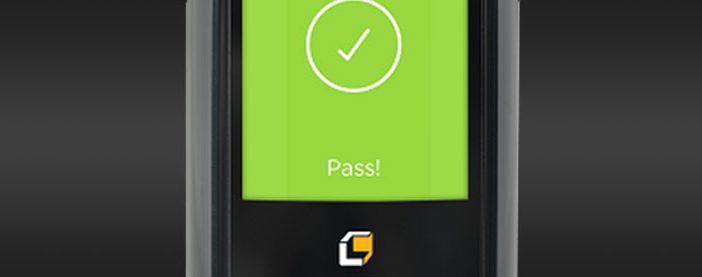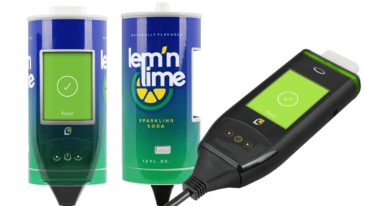
The active enforcement of DUI laws has played an important role in discouraging drunk driving and reducing the injuries, deaths, and property damage caused by alcohol-related incidents. Being arrested and convicted of a DUI often leads to a wide range of penalties that usually involve license suspension, fines, legal fees, and community service. Many states have begun adopting the use of ignition interlock devices, even for first-time DUI offenses. Let’s take a closer look at ignition interlock devices and how they actually work.
What is an Ignition Interlock Device?
Ignition interlock devices, sometimes simply referred to as a car breathalyzer, connects directly to your car’s ignition system. It comprises two main parts: the device that connects to your car and a mouthpiece that connects to the main device. When you blow into the mouthpiece, the device measures your blood alcohol concentration. If the BAC is higher than the programmed BAC limit, the device will lock your engine and keep you from starting your car for a certain period of time.
Even after the engine has started, the ignition interlock device will periodically ask you for a breath sample, known as a rolling retest. Rolling retests are designed to prevent you from starting the car with someone else’s breath sample.
If you do not provide another breath sample or the breath sample exceeds the programmed limit, the device will warn the driver, log the event, and start an alarm that can only be stopped by providing a clean breath sample or stopping the ignition. Contrary to popular belief, ignition interlock devices do not have an automatic engine shut off feature, which would be dangerous to you and other drivers.
How Does an Ignition Interlock Device Work?
To know how a breathalyzer works in a car, you first have to understand alveolar air. Alcohol isn’t immediately digested into your body or converted into different chemicals as it enters your bloodstream. As the blood moves throughout your lungs, some of the alcohol in your system moves across its air sacs, known as alveoli, causing small amounts of alcohol vapor to get stored there.
The concentration of alcohol in the alveolar air is actually relative to how much alcohol is in your system, meaning a person can measure their blood alcohol concentration with their breath given the right tools. In fact, the ratio of breath alcohol to blood alcohol is roughly 2,100 to 1, meaning that 2,100 milliliters of alcohol in alveolar air is equivalent to one milliliter of alcohol in your blood.
Most modern ignition interlock devices use an ethanol fuel cell sensor to detect breath alcohol. The fuel cell comprises an acid-electrolyte material sandwiched between two platinum electrodes. When you breathe into the device, the platinum electrodes oxidize any alcohol in the air and produces protons, electrons, and acetic acid. The electrons flow through a wire that connects the two platinum electrodes, while the protons combine with oxygen and the electrons to form water. The more alcohol that gets oxidized, the greater the electrical current. Microprocessors measure the electrical current and calculate it into your blood alcohol concentration.
The device also keeps a log of your breaths that can then be downloaded or printed out every calibration (usually on 30-, 60-, and 90-day intervals). The courts may ask to see the logs periodically to make sure you are staying clean. Any violations may lead to additional penalties or sanctions. Beyond that, calibrations are a good way to keep your ignition interlock device in good working order to ensure accurate readings with every breath. Calibrations are often performed using an alcohol wet bath containing a known alcohol solution or a pressurized alcohol-gas mixture with a known alcohol concentration.
Low Cost Interlock’s Ignition Interlock Devices
Low Cost Interlock uses the latest in IID technology to provide the most efficient, easy to use devices on the market. Where normal IIDs require complicated breathing patterns that use combinations of blowing, humming, and inhaling, our devices require a simple 3-second exhale to get an accurate reading. Our IID is also the most sanitary device, ensuring your health and maintaining accurate results.
If you have questions or need an ignition interlock device installation today, please don’t hesitate to contact us right now.

